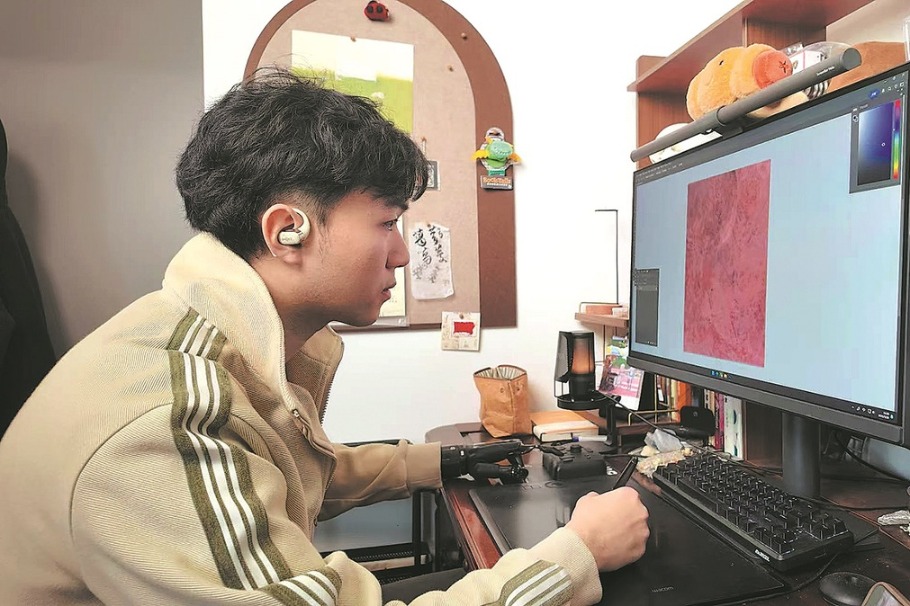BOOM OF BRONZE AGE
A remarkable ceremonial artifact, status symbols in bronze and a multigrid urban layout in Erlitou unravel early China's secrets like never before, report Wang Kaihao and Wang Jianfen.

Editor's note: A national comprehensive research program, launched in 2002, to trace the origins of Chinese civilization, has led to the excavations and studies of key sites that are about 3,500 to 5,500 years old. It has revealed a host of secrets about ancient China, including how early civilizations were formed and how they merged to create unity in diversity. China Daily speaks to experts working at these sites to decode their recent discoveries.
A dragon-shaped artifact-nearly 70 centimeters long and made of 2,000-odd pieces of turquoise-has been among the most stunning finds at the Erlitou archaeological site in Yanshi district, Luoyang, Henan province.
The relic of the legendary folklore creature was unearthed from the tomb of a member of the social elite in 2002, along with a bronze bell, and is widely believed to have been used for royal ceremonies.
The dragon and the bell have been linked to the early central dynasty of China, dating back more than 3,500 years. These were a symbol of power and cultural totem.
A stanza of Shijing (The Book of Songs), the oldest existing collection of Chinese poetry (11th to 7th century BC), mentions the use of dragon-shaped flags and bronze bells for sacrificial ceremonies. The dragon may have been used by the "royal priest" to comfort a departed soul.
"We, the Chinese people, often call ourselves 'the descendants of dragons'. The turquoise artifact is solid evidence that our ancestors indeed worshipped the dragon," says Zhao Haitao, an associate researcher with the Institute of Archaeology at the Chinese Academy of Social Sciences.
Zhao, who had newly joined the institute in 2002 and came to work at the Erlitou site in July that year, missed the opportunity of digging up the turquoise dragon by a whisker. Nevertheless, in the 20 years that followed, he witnessed the uncovering of a splendid dynastic capital. Seven bronze bells have been unearthed from Erlitou, and dragon-shaped artifacts made of turquoise were usually their companions.
Today, Zhao is the leader of the Erlitou excavation project, only the fourth archaeologist to be at the helm in the past decades. "We can see how developed the Chinese political civilization was. The dragon artifact is an outstanding example of kingship and a royal ritual system," he says.
A dynastic capital
Sprawling over 3 million square meters, the Erlitou archaeological site was first discovered in 1959. In the past 63 years or so, excavation work has covered less than 2 percent of the total area, leaving a plethora of mystery still buried. The tip of the iceberg has, however, led to the unearthing of a remarkable city.
According to carbon dating results, the site is from 1750 to 1520 BC and home to a long list of groundbreaking discoveries. Archaeologists have found here China's oldest-known urban road network, handicraft workshops administered by the government, and groups of ceremonial bronze artifacts.
The architecture, encompassing a palatial compound, is the earliest of its type in China, according to Zhao. "The site has greatly expanded our understanding of how Chinese civilizations developed and merged into unity with various sources," he says.
The heavy mist of history surrounding Erlitou has slowly and steadily cleared. Location and characteristics revealed by its artifacts have approached a solution to a long-bothering conundrum: It is probably the last capital of the Xia Dynasty (c. 21st century-16th century BC), the first central dynasty recorded in Chinese history.
According to Shiji (Records of the Grand Historian)-the foundation text of Chinese history dating back to the first century BC-and Zhushu Jinian (Bamboo Annals), a collection of chronicles completed in the Warring States Period (475-221 BC), the Xia Dynasty existed for 471 years, and was ruled by 17 kings over 14 generations.
No written characters have been unearthed at Erlitou to directly establish the identity of its rulers, but this missing piece of a puzzle is no major impediment to claim so. In Zhao's eyes, whatever has been found beneath the earth so far has already demonstrated "an aura of a dynasty".
"For example, the arterial roads embraced by walls reflect rigid urban planning. They also indicate ordered social stratification and a ruling system centering the palatial city, echoed with the discovery of high-level graves," he explains.
Zhao says that one of the biggest discoveries at Erlitou in the past few years has been the multigrid layout of urban roads. The crisscrossing roads separate the core region into square divisions. Areas for sacrificial ceremonies, palaces and government-owned handicraft workshops, which were surrounded by walls, "happened" to be found along a median of the ruins, probably reminding people of the central axis of present-day Beijing.
"This format of urban planning has been inherited over centuries and composed the prototype of Chinese capital cities," Zhao says. "Thanks to archaeological research, we found that the city was governed in good order and by a well-established system. It clearly shows that the Erlitou site has entered the dynastical era," he adds.
In Lyushi Chunqiu (Master Lyu's Spring and Autumn Annals), a 3rd century BC Chinese encyclopedia on political theories, the principles to build a capital city are listed. They harp on "choosing the center of a country to build a capital city, choosing the center of the capital to build a palatial city, and choosing the center of the palatial city to build an ancestral shrine". Situated in the heart of the Central China Plains, Erlitou is a perfect demonstration of this building code for capitals, Zhao says.
Vast territory
How large a territory did the dynasty centering the Erlitou site once rule? Current archaeological evidence doesn't give an accurate area in numbers, but does trigger great curiosity through eyebrow-raising artifacts.
Exquisite bronze wine vessels, whose shape is known as jue, may offer a glimpse of the big picture. As the earliest known Chinese bronze vessels for ceremonial use, the jue of Erlitou are demanding of production technique. The tallest among them is 22 centimeters high.
"To make these vessels, artisans needed raw materials from distant places. A refined casting technology also meant a strong capacity to mobilize efforts across the society. To make even small items, a person had to control vast swathes of land. Only kings could do that," Zhao says.
Wang Wei, a researcher in the Academic Division of History at the Chinese Academy of Social Sciences, believes Erlitou marked the first peak of the Bronze Age in China.
"We have found older fragments of bronze vessels elsewhere in China, but the production methods only became systematic in Erlitou. The mold-casting technique led to a boom in the production of bronze ceremonial artifacts, each with intricate designs, which have been inherited by following dynasties," Wang says.
In an interview with China News Service, Shanghai Museum researcher Ma Jinhong once said that while bronze was often the chosen alloy for daily-use tools, weapons and statues in Western civilizations, it was exclusively used to flaunt the social status of its owners in early Chinese civilizations.
"For the social elite, the number and types of bronze ware they possessed matched the echelon they belonged to. It was the foundation of the ancient Chinese code of etiquette," Ma says.
A ceremonial jade artifact, known as yazhang, was another indicator of social status in Erlitou and the culture's wide influence in later periods. One end of this slender, knife-shaped artifact looks like a dragon opening its mouth. Yazhang items in Erlitou style were found across present-day China, as far away as Guangdong and Fujian provinces, and Hong Kong.
"The discoveries far and wide demonstrate how strongly the social system of Erlitou influenced the entire region," Wang says.
Central node of civilization
Central China Plains were long seen as the cradle of ancient Chinese civilization. Though excavations across China since the 1980s portray "a starry night"-various early-stage regional hubs shone in the dawn of Chinese civilization-in the eyes of archaeologists, the core status of Erlitou is irreplaceable.
"Erlitou was like a crossroad, where different cultural elements from earlier periods of time mixed and developed before a consolidated culture spread to a larger region," Wang says.
For instance, bronze bells and drums for ceremonial use were found in Taosi Culture, in today's Shanxi province, which dates back about 4,300 years, while the prototypes of porcelain wares that were first found in those prehistoric sites by the Yangtze River were found in Erlitou too.
"There are different ways of controlling a dynasty with a large territory. They include military measures. The rulers of Erlitou chose a unique way. Its ceremonial system is an example of how to rule a country by cultivating culture. It was a strategy with a broad horizon," Wang says.
In Zhao's point of view, the customs that dominated Erlitou-ranging from urban planning and construction styles to ceremonial artifacts, sacrificial rituals and divination-have a clear link with the Shang Dynasty (c. 16th century to 11th century BC), as well as the following millennia of Chinese civilization.
Based on the discovery of the 3,300-year-old oracle bone inscriptions, the earliest known Chinese written characters, the ruins at Yinxu in Anyang, Henan province, were those of the last capital of the Shang Dynasty.
While a dogged search for written characters in Erlitou continues, there has been some progress. Pottery items found at the site have patterns etched on them, which some scholars believe are the roots of a writing system adopted centuries later.
"Although we haven't found oracle bones, we have clues from these markings," Yuan Guangkuo, a history professor at Beijing-based Capital Normal University, says. "Their shapes remind us of those inscriptions."
Yuan further points out that some Erlitou pottery styles had disappeared by the Shang Dynasty, but their shapes appeared in oracle bone inscriptions. "So, one explanation might be that these characters were inherited from the time of Erlitou. There are probably written characters buried at the site, but we haven't found them yet," Yuan says.
Dragons, kings and a lasting civilization. Perhaps from Erlitou, dubbed by some scholars as "the earliest China", the saga of the rise and fall of central dynasties began.
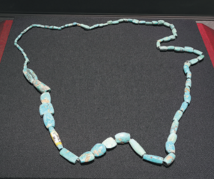
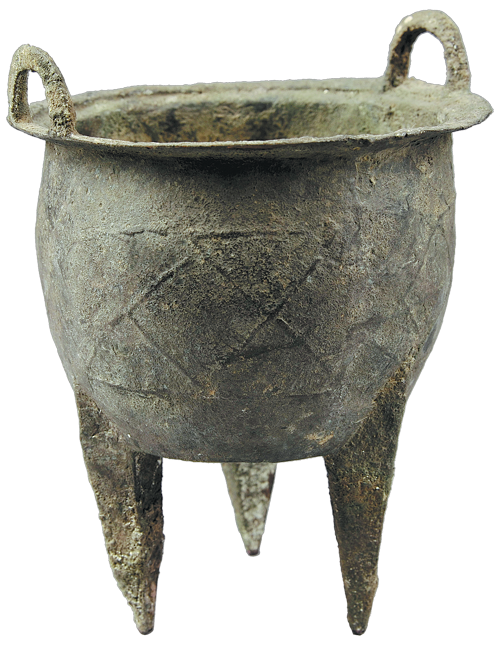
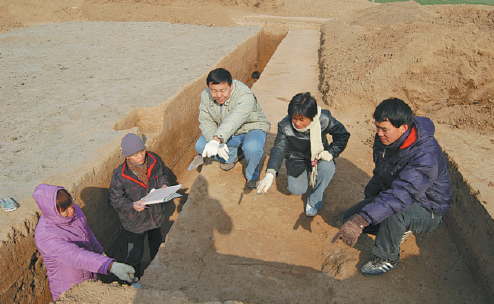

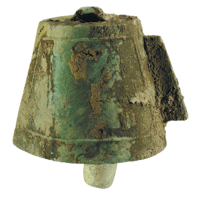
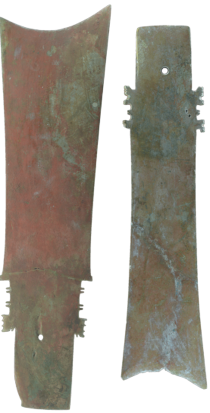
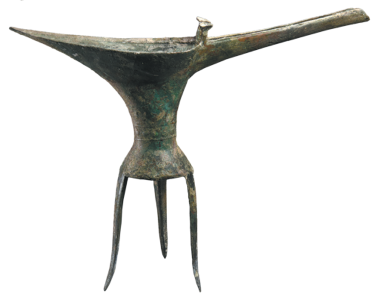
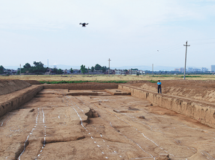
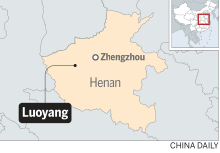

Today's Top News
- Tajikistan looks to China for deeper ties
- High-tech manufacturing lifts industrial profits
- Avenue blooms with flowers to mark victory
- Mainland slams DPP for distorting WWII history
- Northeast Asia trade in focus at Jilin expo
- Organic agriculture forum unites global experts in Datong






















